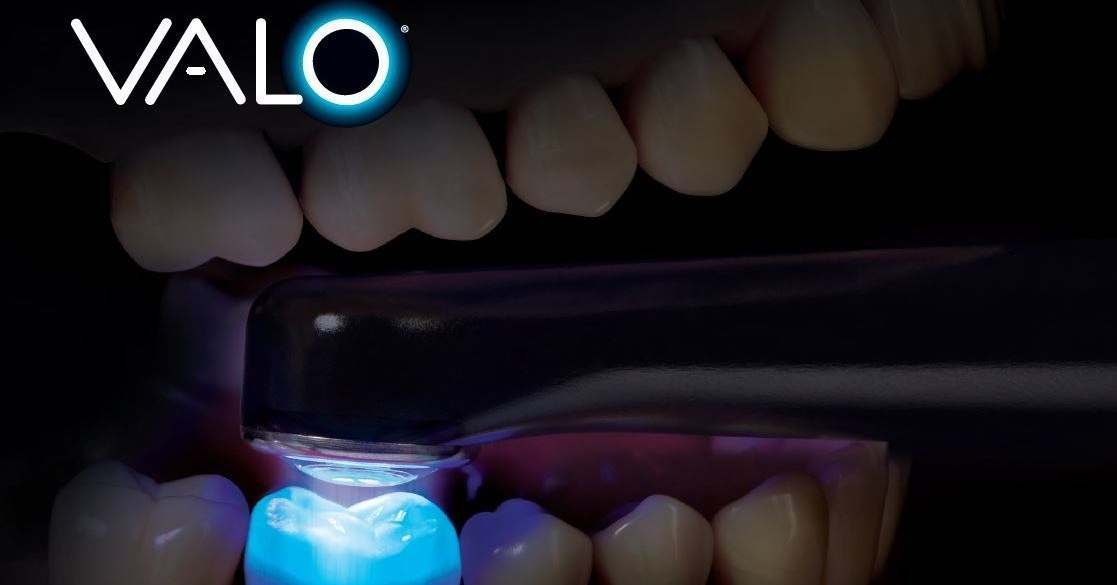So many aspects and variables affect the final outcome of a restoration, be it the technical difficulty of the restoration itself, the quality of the preparation, the chosen composite resin used, etc. However, the impact of the success and longevity of a restoration’s polymerization is too often ignored. Achieving a predictable, high-quality cure every time is absolutely essential. Here are some factors that influence the quality of any cure, along with a few tips on how to successfully maneuver them to your and the patient’s benefit:
Access to the Restoration
Better access to the restoration with the curing light ensures the delivery of the maximum amount of energy (emitted light) to the dental material. Therefore, a curing light that allows for perpendicular positioning to any curing site, including posterior teeth and class V restorations, is paramount to the quality of the procedure.
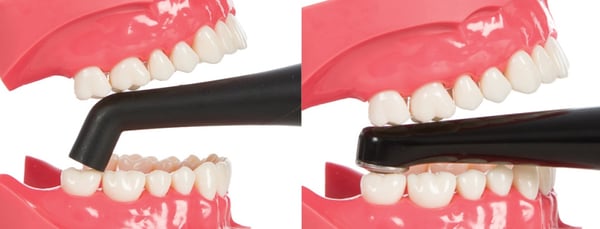
The low-profile design of VALO curing lights eliminates the need for a light guide, allowing direct access to all areas of the mouth without overstretching a patient's TMJ and soft tissues—a common problem that can occur with other lights. The elegant, ergonomic, and streamlined design enables VALO curing lights to easily reach all curing sites, delivering energy directly without sacrificing patient comfort.
Type of Light Emitted
Studies have shown, again and again, the importance of a curing light that features a wide spectrum of wavelengths, enabling it to polymerize all dental materials. However, most existing devices on the market don’t offer multiple LED wavelengths nor achieve uniform irradiation with the LEDs offered.
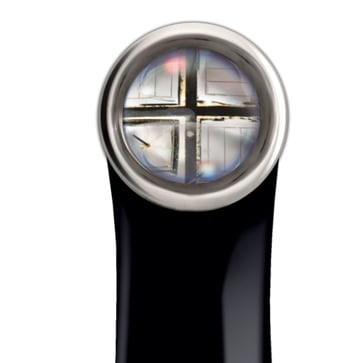
Every VALO curing light uses four custom, multiwavelength LED that produce a high-intensity light at 395–480 nm. This broad-spectrum light output means VALO lights are capable of polymerizing all light-cured dental materials—including those with camphorquinone. The intensity and consistency of the VALO light’s collimated beam, combined with the proprietary LED pack and broad-spectrum output, deliver the energy needed to completely polymerize any resin.
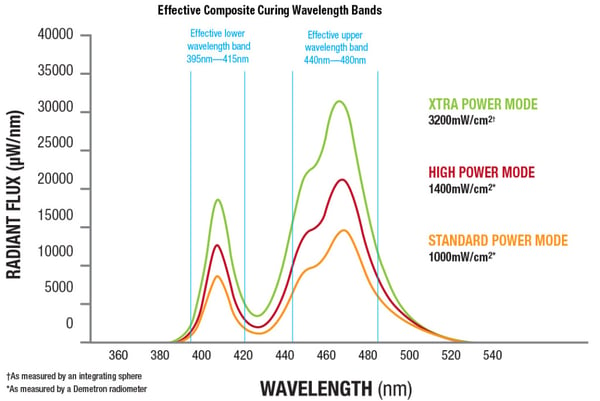
Beam Collimation and Uniformity
Finding a high-energy light that reaches into all aspects of the restoration is critical to predictably producing high-quality results. One of the critical aspects that influence this outcome includes the curing light’s beam collimation and uniformity. Dr. Dan Fischer says, “The quality of a restoration is totally dependent on how adequately that restoration and its bonding agent are polymerized. The power output and size of footprint varies immensely among the curing lights available in the dental market today.”
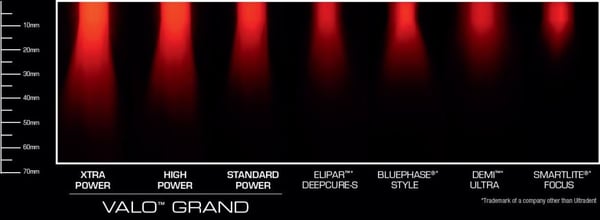
VALO’s lens is designed to create a beam that is close to parallel to the preparation, while still emitting enough light to the curing material on the axial walls of the preparation. This allows VALO to deliver a complete and uniform cure to any restoration. Other curing lights' beams dissipate even at distances as short as 4 mm, which results in significant energy loss to the curing site and the need to compensate with a longer curing time on posterior restorations or any area where there's a distance between the material to be polymerized and the light source.
“VALO’s ability to produce the greatest amount of energy at distances up to 10mm from the tooth is just amazing. I have been using this light for some time and would not want to be without it.”
Dr. John Kanca III, world renowned researcher and educator
VALO's power, concentration of light, and collimated, uniform energy output also it to cure dental materials completely, even at a distance.


